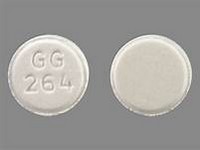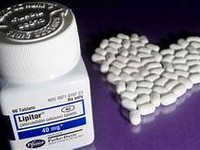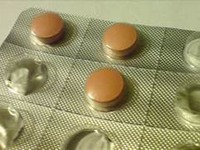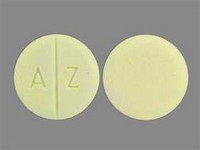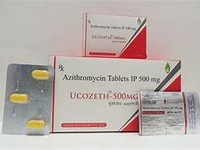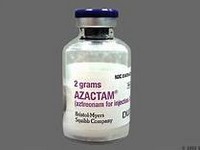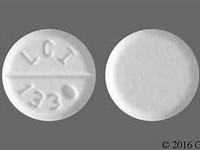Diazepam

Diazepam
CLINICAL USE
Benzodiazepine:Perioperative sedation (IV) Anxiolytic Muscle relaxant Status epilepticusDOSE IN NORMAL RENAL FUNCTION
Pre-med: Oral: 5 mg, IV:PHARMACOKINETICS
DOSE IN RENAL IMPAIRMENT
GFR (mL/MIN)
DOSE IN PATIENTS UNDERGOING RENAL REPLACEMENT THERAPIES
IMPORTANT DRUG INTERACTIONS
Potentially hazardous interactions with other drugsAntibacterials: metabolism enhanced by rifampicin; metabolism inhibited by isoniazidAntipsychotics: increased sedative effects; increased risk of hypotension, bradycardia and respiratory depression with parenteral diazepam and IM olanzapine; concentration of zotepine increasedAntivirals: increased risk of prolonged sedation with amprenavir; concentration possibly increased by ritonavirSodium oxybate: enhanced effects of sodium oxybate – avoidADMINISTRATION
Reconstition
–Route
IV injection, infusion, oral, PRRate of Administration
5 mg (1 mL)/minuteComments
Injection can be mixed with sodium chloride 0.9% or glucose 5% to 40 mg in 500 mLOTHER INFORMATION
Active metabolites renally excreted; therefore accumulate in renal impairmentIncreased cerebral sensitivity in renal impairment which may result in excessive sedation and encephalopathyAlways have flumazenil available to reverse effectProtein binding decreased in ERF Volume of distribution increased in ERF IV emulsion formulation (Diazemuls) less likely to cause thrombophlebitis
See how to identify renal failure stages according to GFR calculation
See how to diagnose irreversible renal disease
Home
